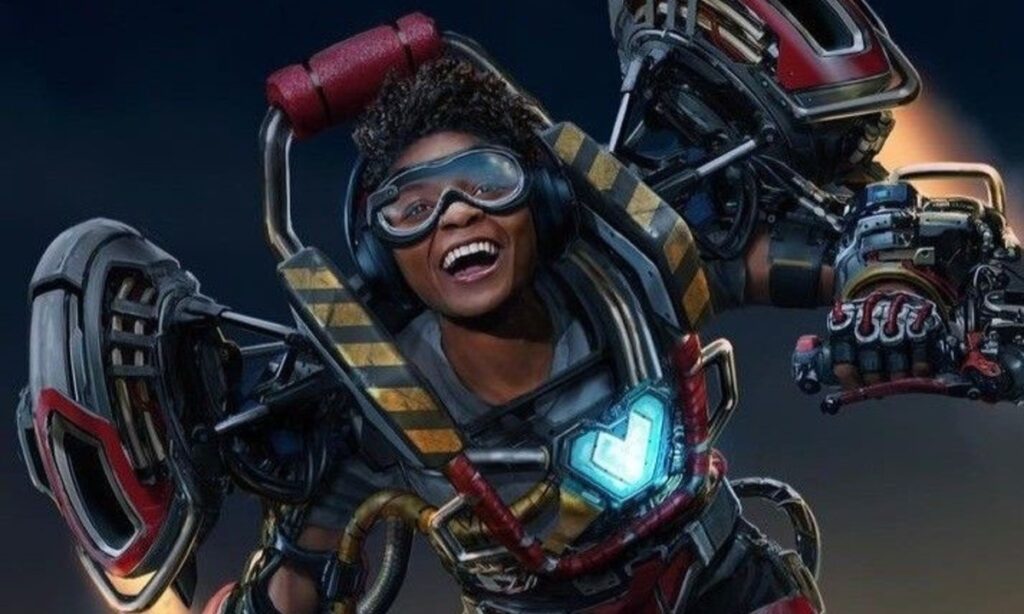Ever since Tony Stark’s nanotech Iron Man armor graced the screen in Avengers: Infinity War, Marvel fans have been enthralled by the ultra-slick, smooth-forming, CGI-heavy designs. But now, the tide is turning. In the upcoming Ironheart series, Marvel is making a bold move by returning to more practical, classic-style suits — and it’s not just a nostalgic callback. It’s a calculated creative and cultural comeback.
Let’s dive into why this shift matters.
1. The Overuse of Nanotech and CGI Fatigue
Nanotech suits served their purpose when they first appeared — they were futuristic, visually striking, and appropriate for a genius billionaire like Tony Stark. But as more heroes adopted similar smooth-forming tech (Spider-Man, Rescue, and even Black Panther), fans began to feel a disconnect. The human element was missing.
Over time, the nanotech trend made every suit look too similar, almost like the characters were wearing second skins made from digital latex. Practical suits, with their distinct mechanical parts, wear-and-tear marks, and tactile feedback, ground superheroes in reality. They remind viewers that even gods and geniuses are still vulnerable — and that their tech has limitations, just like ours.
2. Reinvigorating Character Development
In Ironheart, Riri Williams is not just another Iron Man clone. She’s a teenage genius building her armor from scratch — not in a billion-dollar lab, but in her garage with salvaged tech. A practical suit reflects that story authentically. It shows her growth, her resourcefulness, and her journey as a new kind of hero.
By showcasing a physical suit with visible bolts, panels, and wiring, Marvel lets us witness her trial and error. Every scratch on the armor becomes part of her arc. A CGI nanotech suit would have robbed us of that emotional connection.
3. Aesthetic Depth and Visual Variety
Marvel’s return to practical suits — as seen in Ironheart’s behind-the-scenes reveals — offers greater texture, depth, and visual interest. Classic armor catches the light differently, interacts with physical environments better, and adds cinematic weight to every movement.
Costume designers and prop artists can also take center stage again, contributing handmade detail that elevates storytelling. With fans increasingly critical of “floating head syndrome” and other CGI slip-ups, practical suits help maintain the suspension of disbelief.
4. The Mandalorian Effect: Practical is Powerful
Marvel’s shift aligns with a broader industry trend led by successful franchises like Star Wars. The Mandalorian brought practical effects back into the spotlight, proving that tangible costumes, puppets, and sets can deliver greater emotional impact than green screens and digital overlays.
Ironheart embracing that spirit means Marvel is listening to fan feedback and prioritizing story-driven visuals over tech-driven spectacle.
5. A Nod to Legacy While Looking Ahead
Iron Man’s earliest armors — from the Mark I in a cave to the Mark III in battle — told a powerful story of evolution. Ironheart’s new practical suit echoes that history while carving her own path. It honors the legacy of Tony Stark without repeating it.
By making Riri’s suit mechanical, gritty, and real, Marvel gives us a hero who earns her armor — piece by piece, wire by wire. And that’s what makes it a true comeback.
Marvel’s return to practical suits in Ironheart isn’t just about looks — it’s a thematic return to storytelling fundamentals. It re-establishes the physicality, stakes, and emotional resonance that made Iron Man’s rise so compelling in the first place.
This comeback is not just for Ironheart — it’s for all of us who missed the clang of metal over the hum of nanobots.


